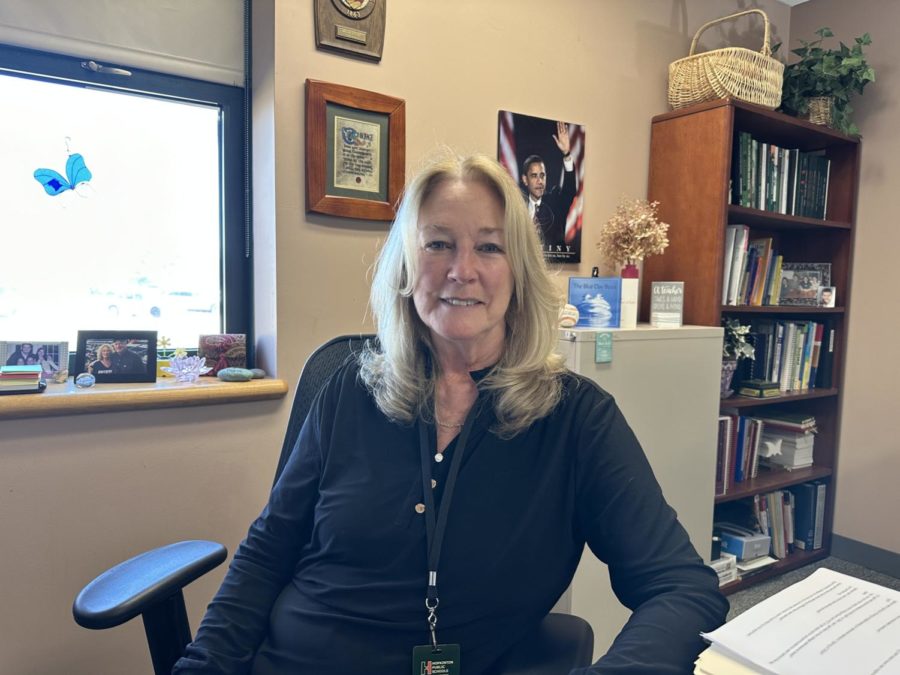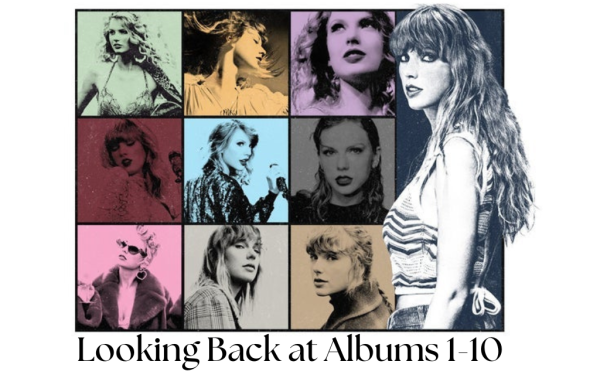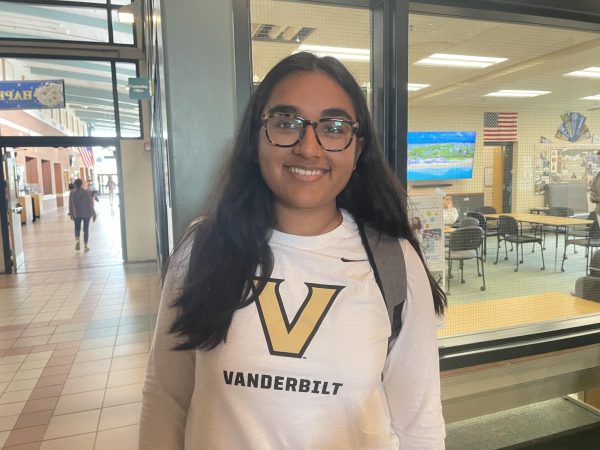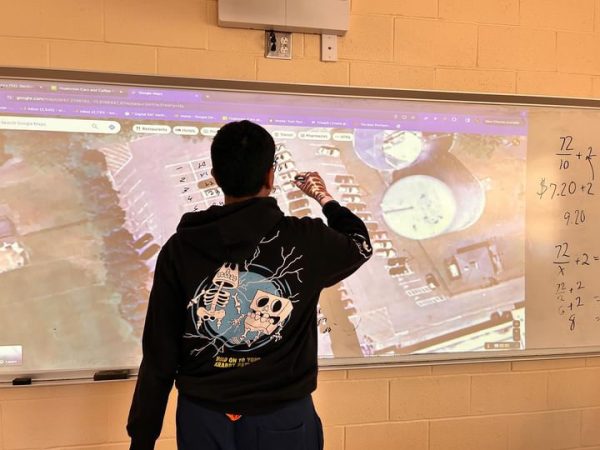Class of 2023: College Admissions Get Tougher Than Ever
Guidance counselor Adelaide Lee Greco has helped countless seniors thorugh their college admission processes. She is both anxious and excited to hear back from students regarding school decisions.
It’s that time of the year again.
With acceptance and rejection letters pouring into their inboxes, the Seniors are currently going through their highest of highs and lowest of lows.
A recent trend students across the country have been seeing is the dramatic plunge in acceptance rates at schools that were once relatively easy to get admitted to.
Guidance counselor Adelaide Lee Greco has worked at the school for many years. While she has consistently found that helping students in the college admissions process has always been challenging, these past few years have been a different ball game.
“Kids are applying to more schools than ever: not just at Hopkinton, but across the country,” Greco explained. “The common app has made it easier than ever to apply to any school out there. For that reason, students see this as an opportunity to simply apply to as many schools as possible.”
Many students use the common app, with some applying to schools just for fun. This hurts the applicants who want to matriculate there. When more people apply, schools with limited space and resources have to accept a smaller portion of the applicants.
Much to the chagrin of applicants, most schools want this to happen.
A lower acceptance rate helps the school look more prestigious and desirable, allowing them to collect more application fees and increase tuition. The school makes more money when, in the end, it is most likely the same school that it always was.
Another reason for decreasing acceptance rates is test-optional policies, meaning applicants do not have to submit SAT or ACT scores.
“I don’t see test-optional policies going away,” said Greco. “I think because it’s bringing a lot of money into those schools. In the end, it actually benefits the schools rather than it helping the applicants.”
For many high schoolers, college is always at the back of their minds and can often be the biggest motivator for success. This especially holds for our school, which is well-known for its competitiveness.
“Our trend in the student body is to be super overachieving. Kids who have what seems like a really high GPA are really just in the middle of the class,” said Greco.
Greco believes that many colleges are becoming money-greedy. While they want to help applicants from the surface, they are only in it for themselves.
Nonetheless, she will always be there to help students through the application process.
“I don’t know that we have the ability to increase the rates of acceptances. I think what we can do as counselors is help strategize,” she said.
Many counselors, Greco included, have been shocked by some of the college decision outcomes.
“It’s become so unpredictable that there is almost nothing the counselors can do anymore. Schools like Northeastern seem to have no prime reason for accepting the students they accept and rejecting the students they reject,” Greco remarked.
Senior Adam Glace is a well-rounded student. He has a rigorous class schedule, is captain of the Varsity Boys’ tennis team, and has many other extracurricular activities to keep himself busy. Before the application process started, some of his top choices were Boston University and Northeastern. He knew he wanted to stay close to home while attending a college he enjoyed.
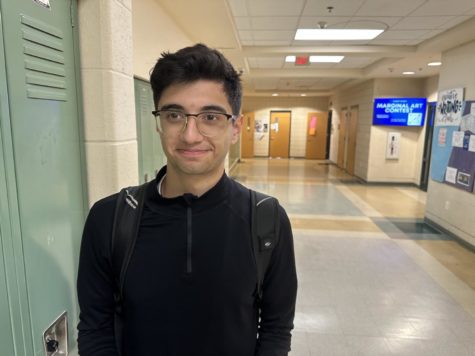
“In total, I applied to eleven schools and was rejected from two. Unfortunately, those two were my top choices,” Glace recalled.
With Boston University and Northeastern out of his options, he had to look toward some of his safety and target schools.
Glace isn’t the only one going through this. Due to the lower acceptance rates mentioned earlier, he shares his disappointment with seniors nationwide.
On a more positive note, Senior Lily Tourigny applied Early Decision to Boston College, got accepted in December, and plans to go there for the next four years.
Tourigny, who plays on the Varsity Girls’ lacrosse team and runs indoor track, also applied to many schools along the East Cost.
“I applied and got accepted to Boston College (BC), Clemson, and Fairfield. I also applied to Villanova, the University of Virginia (UVA), Northeastern, and the University of Maryland (UMD),” said Tourigny.

Early Decision (ED) has soared in availability and popularity.
To break it down, applying to a school ED means that it is your top school. If accepted, you must pull all other applications and commit to the school you applied to ED.
ED benefits an applicant in some ways because it tells the college that this is their top option. However, it can also trap applicants who were unexpectedly admitted to other schools that they would now prefer to attend.
“I felt like if I didn’t apply, Early Decision to BC, I would’ve been rejected almost immediately,” Tourigny said.
This has become a major problem across the country, as many students feel they have to apply for ED even to have a chance.
As with the test-optional policy, Greco believes colleges only have ED to boost their reputations.
“If a student chooses not to apply ED, it is more likely for them to get rejected, which will once again decrease the school’s acceptance rate. They’re all trying to push kids into applying early decision, and it’s not to benefit the kids, it’s really only benefiting the college,” she said.
College admissions are not just a plight faced by Seniors.
Junior Siena Verna is starting to look into different colleges across the country: a mission that most of her peers are also taking on.
“Places that I could’ve easily gotten into five years ago are now nearly impossible for anyone in my grade,” Verna said.
Some of her current top schools include the University of California, San Diego (UCSD), Providence College, Fairfield University, and Loyola Marymount University.
“I’m looking all over the country because I want to have a better chance of getting into schools all over the place rather than being focused on one particular area,” she explained.
Verna is a top student. She always puts extra effort into her academics and has a multitude of extracurriculars. However, after seeing just how many rejections the Seniors are getting, she worries that what she has won’t be enough.
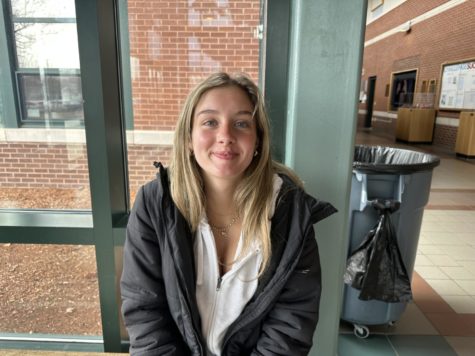
“I know there are a lot of current seniors who are getting rejected at places they thought would be an easy-in,” Verna said. “It definitely scares me for next year. I’m thinking it will get even worse for me and my class.”
Verna’s family got her a college counselor to boost her chances of getting into some of these top schools.
This is also a rising trend among high schoolers.
“I’ve gotten a college counselor who is useful for helping me organize my different colleges. Most importantly, she forces me to get stuff done.” Verna said.
Woes about college are also starting to flood freshmen and sophomores, many of whom have been taught that college is the only road to success.
As the pressure soars, will colleges simply keep tanking their acceptance rates until the day they hit zero?

